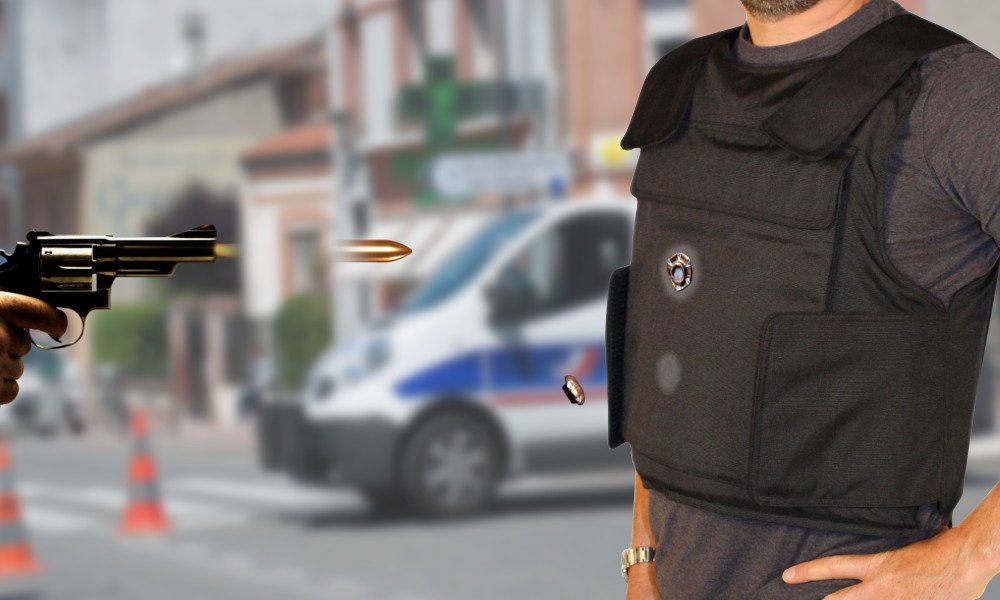Special police forces around the world, like SWAT but also GIGN , BRI or RAID, arm themselves with bulletproof vests as protection against a potential armed threat. But is this equipment as effective as it seems? We will explain everything to you.

You’ve seen him more than once in a movie. This scene where one of the characters is shot, but miraculously, he survives thanks to the bulletproof vest hidden his t-shirt. The equipment thus plays its role perfectly since it is indeed intended to protect the thorax, the abdomen and the back from an armed attack, by absorbing the impact of the bullet . But what the writers do with it, is it really realistic, or just a cinematic fantasy?
Bulletproof vest: well-chosen materials
In fact, the secret of the effectiveness of bulletproof vests lies in their composition : they are made of a ceramic plate of about a centimeter, and another of polyethylene (high density fibers) of the same thickness. Combined, these two materials would be more effective than a 13-millimeter steel plate . This could preserve the body of ammunition. But the damage to the organism would be quite different.
As you can imagine, the wave caused by the impact of a bullet is of rare violence on our organs . The lesions are certain. But with a ceramic and polyethylene alliance, the impact is attenuated … or even reversed ! First, the cartridge will be slowed down in its course by the ceramic, to finally meet the polyethylene layer. And that’s where all the magic of this technology happens.
In contact with the polyethylene therefore, the wave will turn around , because it propagates faster than the ball. It will therefore counteract the path of the latter and crush it by opposing its path . A hallucinating result: the projectile is “shriveled”. But the feeling is not trivial either. In addition, there are different types of bulletproof vests , more or less rigid depending on the weapon they have to counter.
A little history of the bulletproof vest: more and more efficient
Today’s bulletproof vests are made with tightly woven fibers, primarily Kevlar . What to protect the one who carries it from projectiles of handguns and rifles, as well as shrapnel’s (objects filled with bullets or metal fragments thrown at the time of the explosion) or certain explosive devices (for example , pomegranates). But this equipment was not always designed like this.
The first ancestors of these protections were made of silk or linen . It was from the First World War that the United States began to develop more sophisticated armor, such as the Brewster Body Shield , an alloy of nickel, chromium and steel . Then in the late 1920s and early 1930s, members of American criminal groups wore cotton-stuffed clothing .

It was then in the mid-1970s that DuPont Corporation introduced the synthetic fiber of Kevlar, initially designed to reinforce tires. It becomes the benchmark in the field. The only weak point is that it is only able to secure the trunk . The US military has therefore been developing new technologies. The spider silk , for example, proves to be ten times stronger than steel and three times as Kevlar.
The Nano also now invite in this race to progress, with the aim to make a day of soldiers kinds of Avengers omnipotent . And there you have it, now you know everything!







